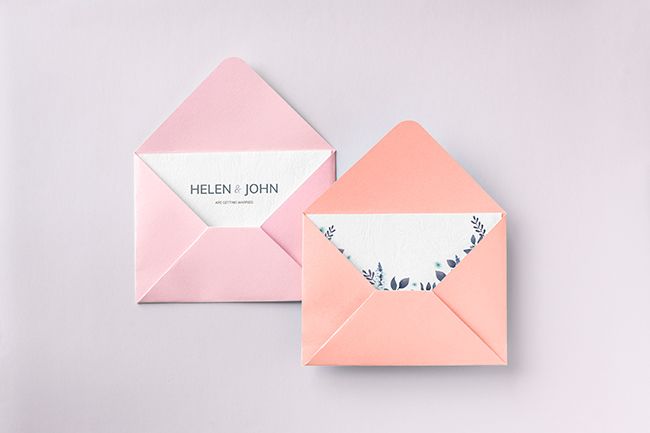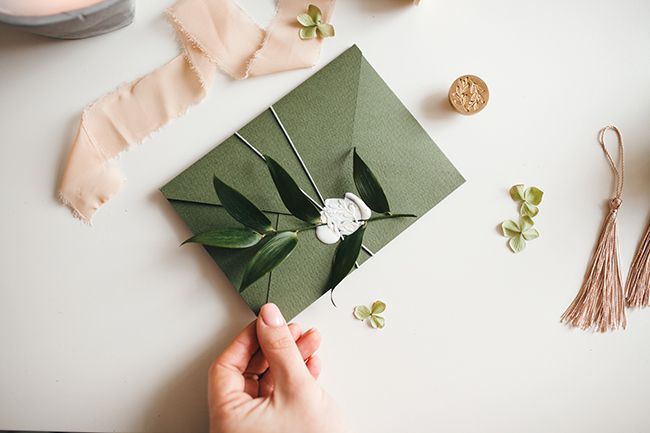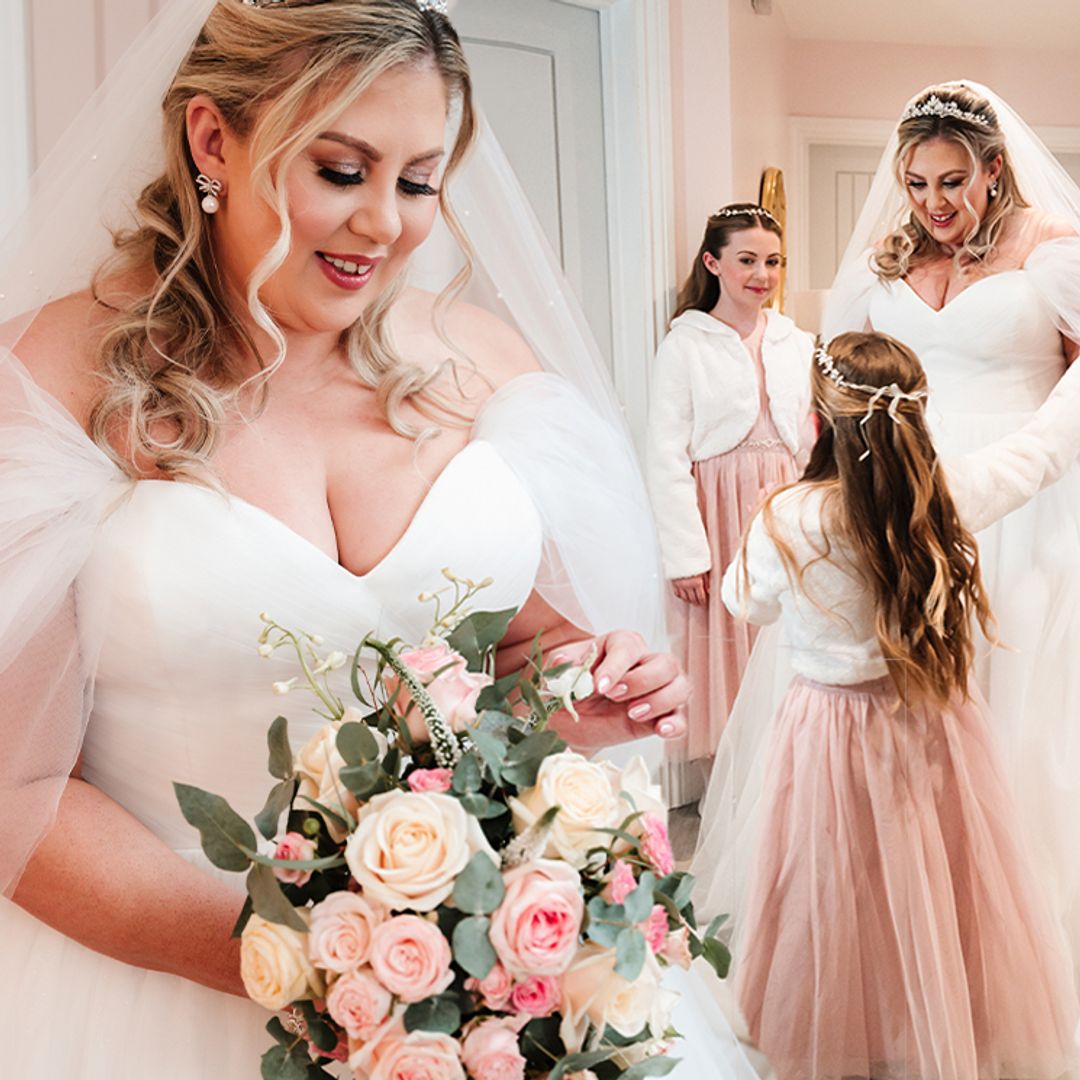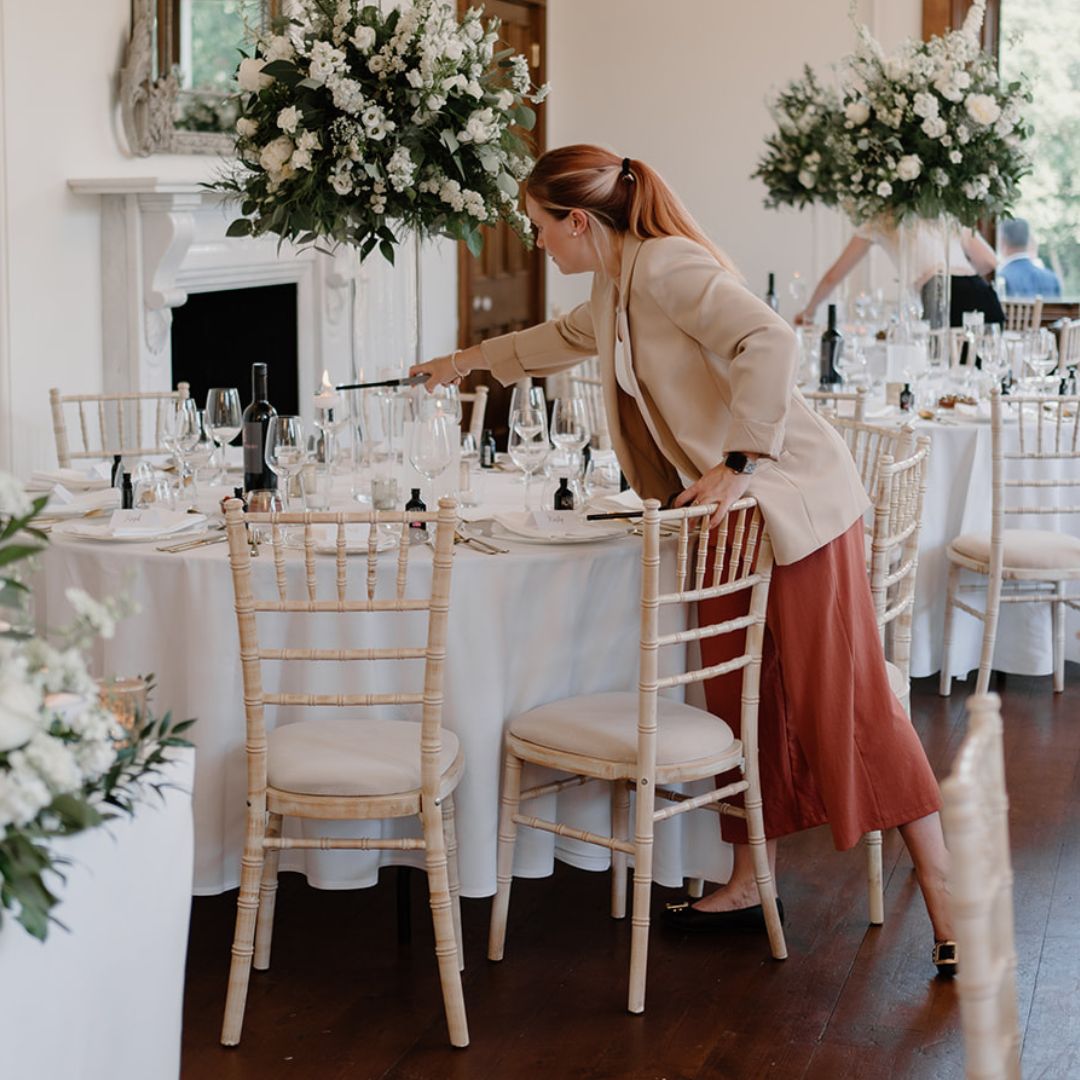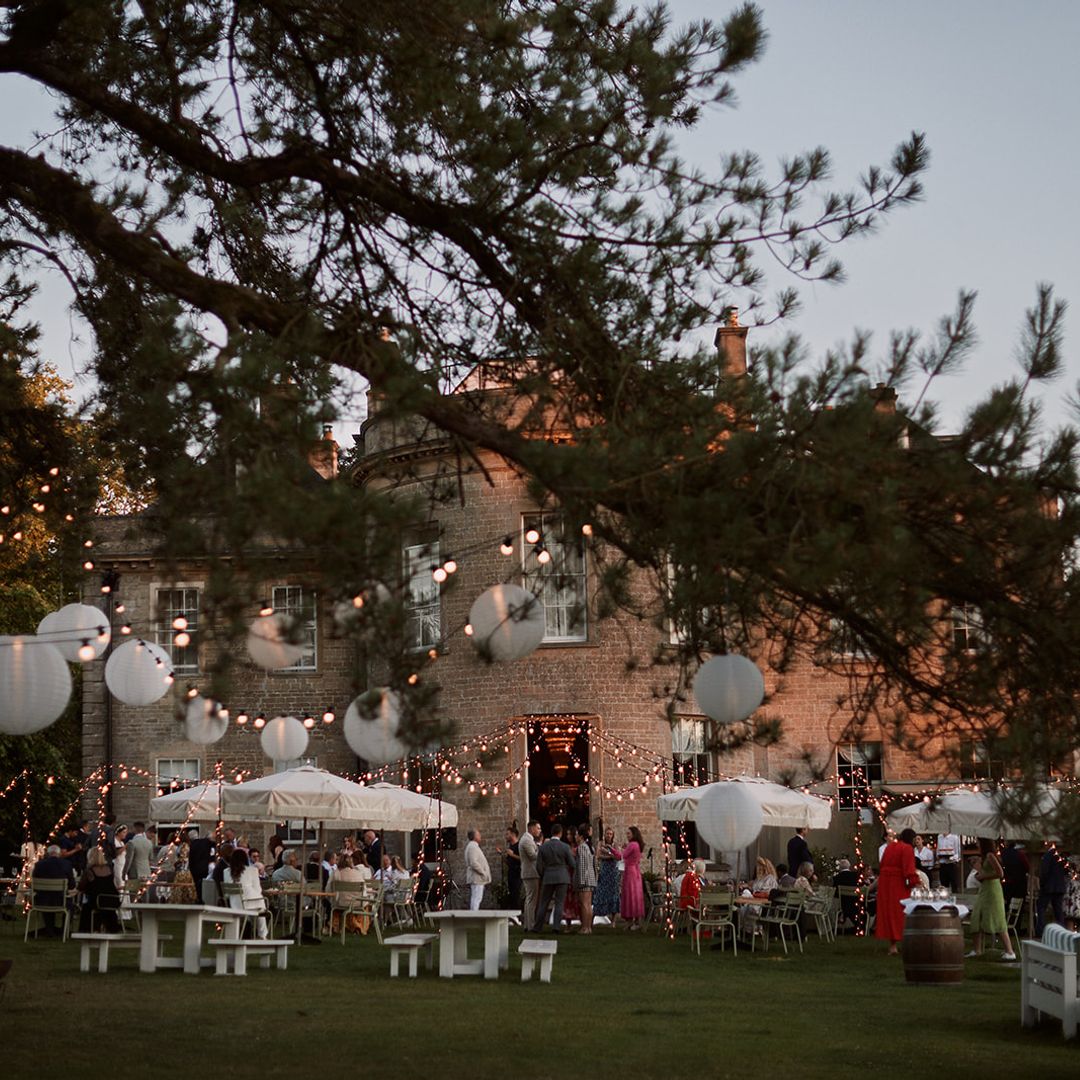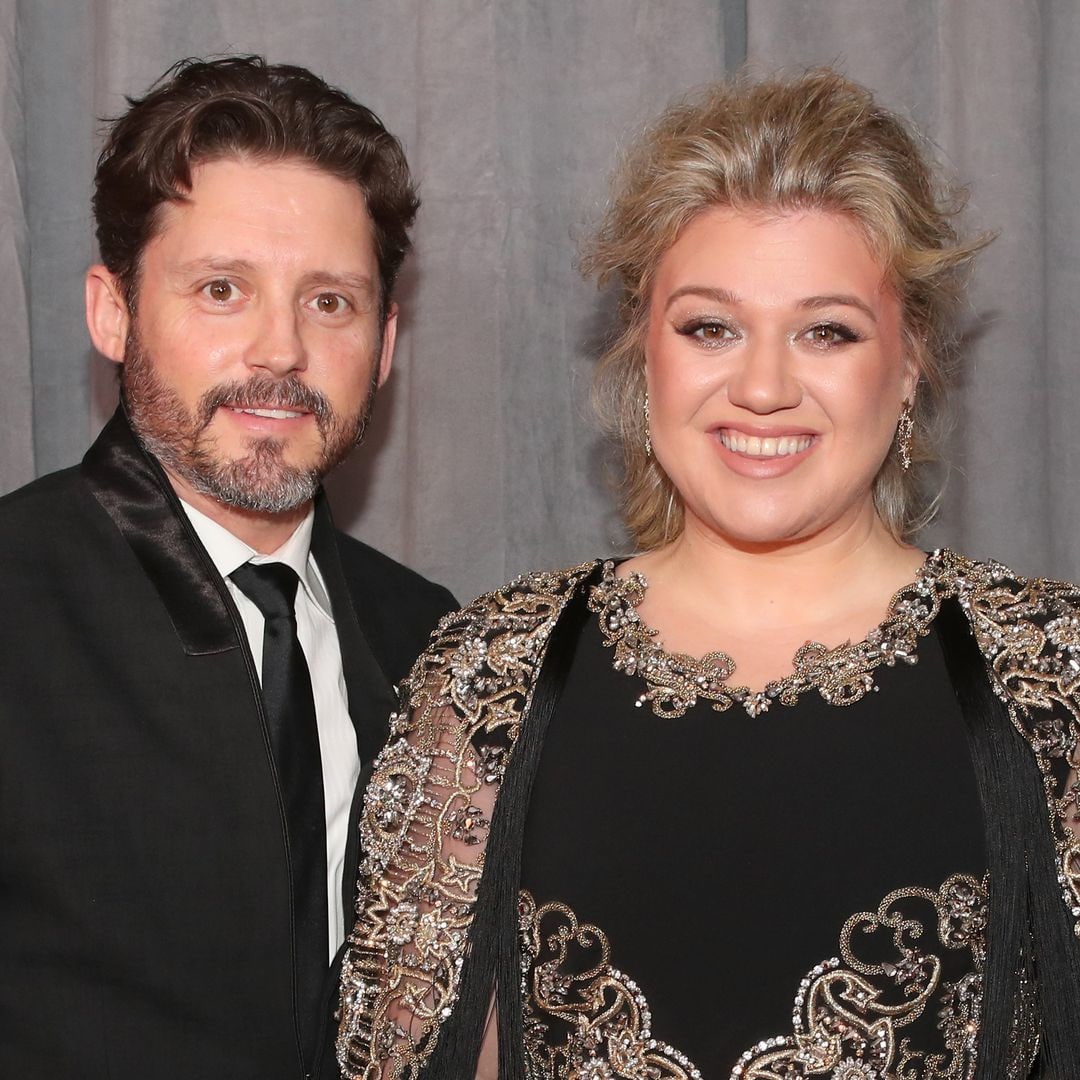You've set the date and secured the venue, now it's time to tackle the all-important invites! While the style of your invitations and wording may vary considerably depending on the theme you have chosen for your big day, you may be wondering how to share all the information your guests need to know and what wording to choose.
While there are some key details you need to include on your invitations and some etiquette you may wish to follow, it's important to write your wedding invitations in a way that reflects you as a couple and your personalities, so don't feel you have to follow the suggestions below to the letter, and feel free to put your own spin on your wedding invitation wording to make it unique. And don't get caught into the three wedding stationery money traps that experts warn can stretch your wedding budget.
We've got the answers to all your wedding invitation queries and wording suggestions below…
What to include on your wedding invitation
Whether you opt for an informal or formal style of wording, all wedding invitations should include the following details -
- The hosts
- The names of the couple
- The date and time of the wedding
- The request to the guests to attend the wedding
- The location
- Ceremony and reception details
- Dress code
- RSVP card
MORE: When to send your wedding invitations - your modern etiquette guide
If guests are invited to all parts of the wedding, then you could specify this on your invitation. However, if they are only invited to one part of the celebrations, such as the reception or evening reception, it may be worth creating separate wedding invitations for these guests.
There are lots of ways to traditionally word a wedding invite
What is the proper wording on a wedding invitation?
Typically, a wedding invitation starts with the name of the hosts. This would traditionally be the bride's parents, however, you may like to put the names of both parents or write something like the following…
"Together with their parents, Sarah and James request the honour of your presence…"
You may wish to change the wording depending on other personal circumstances, such as parents having divorced and/or remarried, or passed away.
SHOP: Best flower girl dresses for 2023
Bride's parents separated or divorced (sharing same surname)
"Mr John Smith and Mrs Sarah Smith…"
Bride's parents divorced and mother has remarried
"Mr John Smith and Mrs Sarah Waters…"
Brides' mother has remarried and hosting with bride's stepfather
"Mr and Mrs David Waters…"
Bride's father has remarried and hosting with bride's stepmother
"Mr and Mrs John Smith…"
Bride's parents absent or deceased, groom's parents hosting
"Mr & Mrs F Williams request the pleasure of your company at the marriage of their son…"
Bride and groom hosting own wedding
"Miss Katherine Ann Smith and Mr James Charles Green Williams request the pleasure of your company…"
The names of the hosts should be followed by the request to attend the wedding and the names of the couple, if they haven't already been included. The bride's name should come before that of the groom, or for same-sex couples you could put the names in alphabetical order, or simply which you feel works best with the design of your invitations.
Your wedding invitations need to include some key information
Some suggestions of how to word this include…
"would love for you to join them at the wedding of…"
"request you to join them to celebrate…"
"invite you to celebrate with them at the wedding of…"
"request the honour of your presence…"
"would like the pleasure of your company…"
Of course, you will also need to share the date and time of the wedding, along with your wedding venue, and reception information. You may choose to add the reception details on a separate card if there isn't space on the main invite, or if the reception is at a different venue to the wedding ceremony.
READ: 9 sneaky wedding venue costs that can easily derail your budget
MORE: The biggest wedding timings mistakes to avoid
Your guests will also need to know if there is a specified dress code and details of how to RSVP. Most couples choose to add a separate card for their guests to return, which includes details of whether they can or can't attend, and any dietary requirements they may have.
Wedding invitations can be worded to showcase a couple's personalities
How do you word an informal wedding invitation?
If you would prefer to send a more casual wedding invitation, you could start the invitation with a fun statement rather than the traditional host details, and share the details in a less formal way. For example, "Join us to celebrate the wedding of…" or "Sarah and James are getting married, and would love you to join them…"
While traditional wedding invitations would include the couple's full names, you could make yours informal by only writing your first names.
MORE: Why DIY wedding decor isn't the best way to save money
Should you write the guests' full names on wedding invitations?
Yes, in proper wedding invitation etiquette, you should write out your guests' names in full – including title, first name and surname, and avoiding initials or nicknames.
How should we let guests know our wedding is adults only?
It is advisable to carefully word your invitations to let guests know children aren't invited, without specifically saying that the wedding is 'adults only'. For example, you may word an invitation to Mr and Mrs Smith rather than The Smith Family to let them know that only the couple is invited and not their children.
RELATED: How to choose the perfect wedding stationery
When should we send out our wedding invitations?
Traditionally, couples would send out their invitations six to eight weeks before their wedding. However, this may not leave you with much time to finalise table plans and other key details of the day once guests have RSVP'd or you may find that people already have other plans at shorter notice, so it could be a good idea to send them earlier.
Planning your wedding? Sign up to HELLO!’s Bride Guide newsletter for expert advice, budget help, wedding inspiration and real life stories delivered straight to your inbox.


